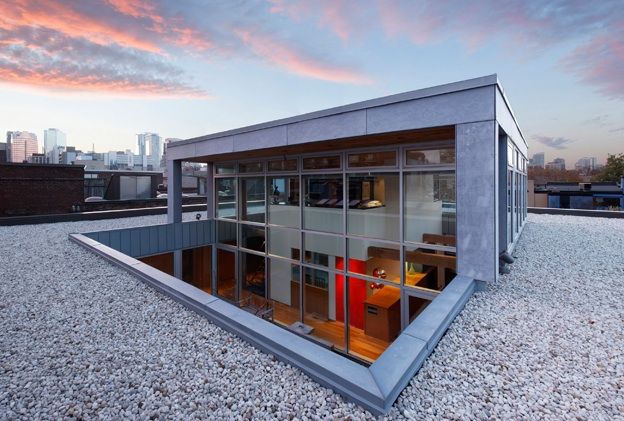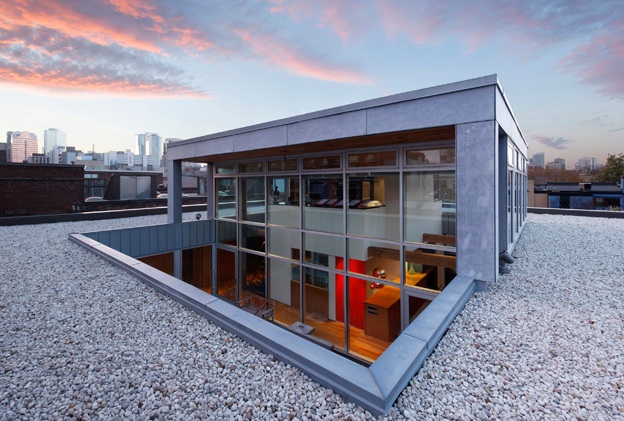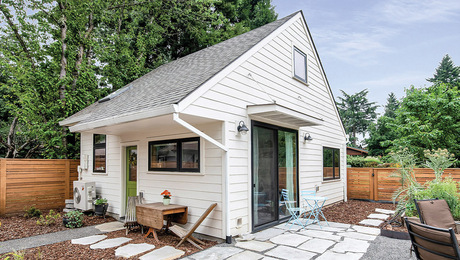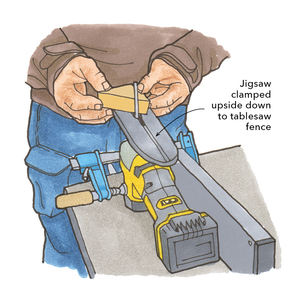
Whether they’re emerging because of marketing imperatives, rising energy costs, or some combination of the two, green jobs have more than gotten their foot in the door in the design-and-construction world, according to a study released this month by McGraw-Hill Construction.
Based in part on a survey of architects, engineers, and contractors, the report says 661,000 industry professionals – about a third of the overall industry workforce – say they have green jobs. The study also shows that the overall share of green jobs is expected to grow to 45% by 2014.
While the term green job – as it applies to the construction industry, at least – is sometimes interpreted loosely and vaguely, for the purposes of the study it was defined as a job “involving more than 50% of work on green projects or designing and installing uniquely green systems, while excluding support or administrative professionals and manufacturing, production or transportation-related services.”
Taking the description a step further, green projects would include those that follow ecologically sound construction practices, incorporate sustainably produced or recycled materials, and result in buildings that operate with a high level of energy and water efficiency.
Among other highlights of the construction-study, the research shows that architects, engineers, and contractors report green jobs on the rise at levels that match the McGraw-Hill Construction Dodge green building market sizing:
- 35% of architecture, engineering, and contracting firms focus on green jobs today, in line with the expected green building market share of 35% in 2010.
- 45% of of architecture, engineering, and contracting firms expect to have green jobs by 2014, in line with the expected green building market share of 48%-50% by 2015.
The study also found:
- Trades jobs (carpenters, HVAC/boilermakers, electricians, concrete/cement masons, and plumbers) are expected to see the greatest growth in green jobs: 15% of trades today are green jobs, and this is expected to increase to 25% in three years.
- Green jobs yield advantages such as more opportunity (42%) and better career advancement (41%), according to respondents.
- Training is essential for getting and maintaining green jobs; 30% of green job workers say they needed major training when they started, and most report that formal education and training programs will continue to be needed. Hiring firms agree: 71% of hiring decision makers maintain that being green-certified increases competitiveness.
Fine Homebuilding Recommended Products
Fine Homebuilding receives a commission for items purchased through links on this site, including Amazon Associates and other affiliate advertising programs.

Affordable IR Camera

Reliable Crimp Connectors

Handy Heat Gun

LightSpace 2, a light-filled take on a warehouse-to-condo conversion designed by Baird Sampson Neuert Architects, was one of the case studies at the Greenbuild International Conference & Expo, held earlier this month in Toronto. McGraw-Hill Construction’s vice president of industry insights and alliances, Harvey Bernstein, hosted a panel discussion at Greenbuild that focused on green jobs in architecture and construction: “The Green Workforce: Is the Construction Industry Ready for What’s Next?”


























View Comments
The desire for sustainable homes varies between demographics. My research suggests that while the average American is scaling back and choosing more generic products and services, there is also a substantial segment of educated, well-off folks, especially in technical fields, who place a high value on sustainability and design.
I just launched an online marketplace where customers will soon be able to purchase home plans submitted by architects. I am hoping to get a good collection of sustainable designs, so that they will be available for both the segment mentioned above as well as the general public. Check it out! http://nestiv.com